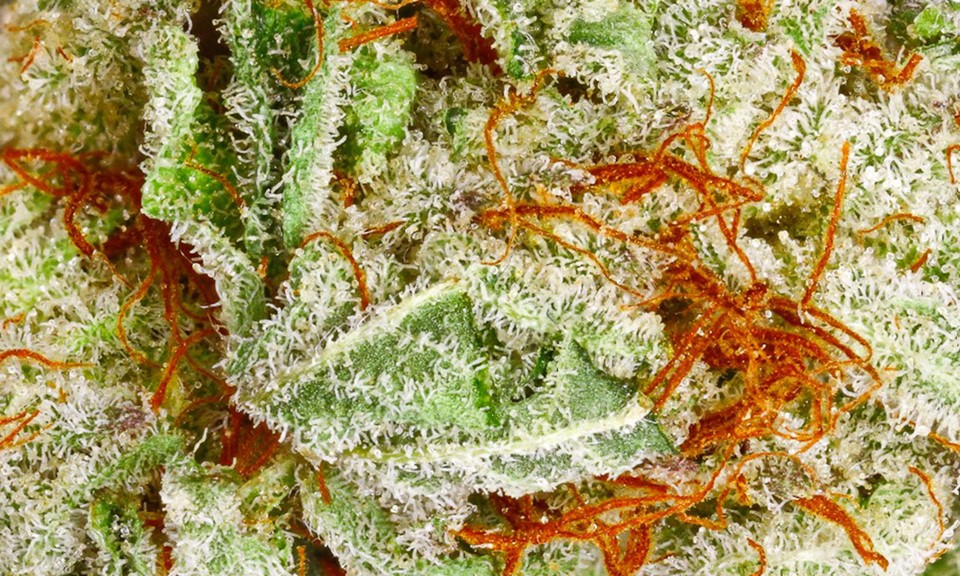Ciao a tutti.
Da un po' lavoro su questo progetto.
Usare un maschio di Shantibaba con una femmina di calabrese rossa ( erba del diavolo, terronica, ionica o come la si voglia chiamare).
Solamente cercando e testando al momento tutto quello che trovo o amici mi mandano.
Molto difficile lavorare su qualcosa che non si conosce molto bene e che probabilmente ( per come era e lo ricordavamo) non esiste più.
Comunque...questo tutto quello che sono riuscito a metter insieme.
La storia dovrebbe incominciare nel 1931.
Non sono ancora molto convinto come sia successo ma dall'India L'orto botanico di Napoli ha tratto un ceppo di indica chiamato "il ceppo di Calcutta" per ricerche scientifiche dentro il centro.
Gli studi, inclusi interessanti analisi sul tasso di THC e intensità luminosa sono stati ampiamente pubblicati ( Giuliano e Siniscalco tra altri). Gli studi sul ceppo di Calcutta arrivano fino a al 2010.
Ma la storia della calabrese rossa nasce solo in un secondo momento e in qualche modo accidentalmente.
Solo negli anni '60 con "Pascalone e' Nola" tutto cambia.
Boss del Nolano, articolazione tra il napoletano e il casertano....Pasquale Simonetti controlla tutto il mercsto ortofrutticolo della zona, incluso traffico di sigarette di contrabbando.
A Pasquale piace fumare e piace mangiare
Non so bene ancora cosa esattamente sia successo. Forse qualcuno ha pensato di offrire a Pasquale un "omaggio" unico e molto speciale ( semi di indica, quando in Italia si fumava o conosceva solo la sativa).
Forse Pasquale ha scoperto che a Napoli si conservavano semi di cannabis.
Comunque la storia ufficiale é quella di un furto dai laboratori dell'orto botanico di Napoli semi del ceppo di Calcutta ( che era diviso se non sbaglio in 3 o 4 tipi per studi).
Tra gli anni -'70 incomincia a circolare nel Avellinese e Napoletano (Vesuvio) una varietà chiamata " la nana avellinese" o " la nana napoletana".
Una piccola paffuta pianta, che fioriva molto più velocemente delle altre, con effetti molto forti e sedativi.
In questa storia non c'è breeding, ma selezione naturale.
I semi trafugati sono stati coltivati, le piante si sono impollinate e per decadi la pianta é stata passata e cresciuta in questo modo, hybridizzandosi con le sative locali, tra se stessa e soggetta a selezione dei coltivatori ( che selezionavano come facevano con i pomodori).
Negli anni '70 casualmente la camorra non coglie le possibilità imprenditoriali, che invece la andrangheta considererà una grande opportunità.
Anche la Calabria non arriva a creare la calabrese rossa, ma come per il napoletano la pianta arriva per semi fumati, cresciuta e open pollination.
Si sviluppano così 3 tipi:
Il tirreno
Lo ionico
Lo strain Di Reggio calabria ( quello dell'Aspromonte)
Il resto é leggenda.
Da un po' lavoro su questo progetto.
Usare un maschio di Shantibaba con una femmina di calabrese rossa ( erba del diavolo, terronica, ionica o come la si voglia chiamare).
Solamente cercando e testando al momento tutto quello che trovo o amici mi mandano.
Molto difficile lavorare su qualcosa che non si conosce molto bene e che probabilmente ( per come era e lo ricordavamo) non esiste più.
Comunque...questo tutto quello che sono riuscito a metter insieme.
La storia dovrebbe incominciare nel 1931.
Non sono ancora molto convinto come sia successo ma dall'India L'orto botanico di Napoli ha tratto un ceppo di indica chiamato "il ceppo di Calcutta" per ricerche scientifiche dentro il centro.
Gli studi, inclusi interessanti analisi sul tasso di THC e intensità luminosa sono stati ampiamente pubblicati ( Giuliano e Siniscalco tra altri). Gli studi sul ceppo di Calcutta arrivano fino a al 2010.
Ma la storia della calabrese rossa nasce solo in un secondo momento e in qualche modo accidentalmente.
Solo negli anni '60 con "Pascalone e' Nola" tutto cambia.
Boss del Nolano, articolazione tra il napoletano e il casertano....Pasquale Simonetti controlla tutto il mercsto ortofrutticolo della zona, incluso traffico di sigarette di contrabbando.
A Pasquale piace fumare e piace mangiare
Non so bene ancora cosa esattamente sia successo. Forse qualcuno ha pensato di offrire a Pasquale un "omaggio" unico e molto speciale ( semi di indica, quando in Italia si fumava o conosceva solo la sativa).
Forse Pasquale ha scoperto che a Napoli si conservavano semi di cannabis.
Comunque la storia ufficiale é quella di un furto dai laboratori dell'orto botanico di Napoli semi del ceppo di Calcutta ( che era diviso se non sbaglio in 3 o 4 tipi per studi).
Tra gli anni -'70 incomincia a circolare nel Avellinese e Napoletano (Vesuvio) una varietà chiamata " la nana avellinese" o " la nana napoletana".
Una piccola paffuta pianta, che fioriva molto più velocemente delle altre, con effetti molto forti e sedativi.
In questa storia non c'è breeding, ma selezione naturale.
I semi trafugati sono stati coltivati, le piante si sono impollinate e per decadi la pianta é stata passata e cresciuta in questo modo, hybridizzandosi con le sative locali, tra se stessa e soggetta a selezione dei coltivatori ( che selezionavano come facevano con i pomodori).
Negli anni '70 casualmente la camorra non coglie le possibilità imprenditoriali, che invece la andrangheta considererà una grande opportunità.
Anche la Calabria non arriva a creare la calabrese rossa, ma come per il napoletano la pianta arriva per semi fumati, cresciuta e open pollination.
Si sviluppano così 3 tipi:
Il tirreno
Lo ionico
Lo strain Di Reggio calabria ( quello dell'Aspromonte)
Il resto é leggenda.

